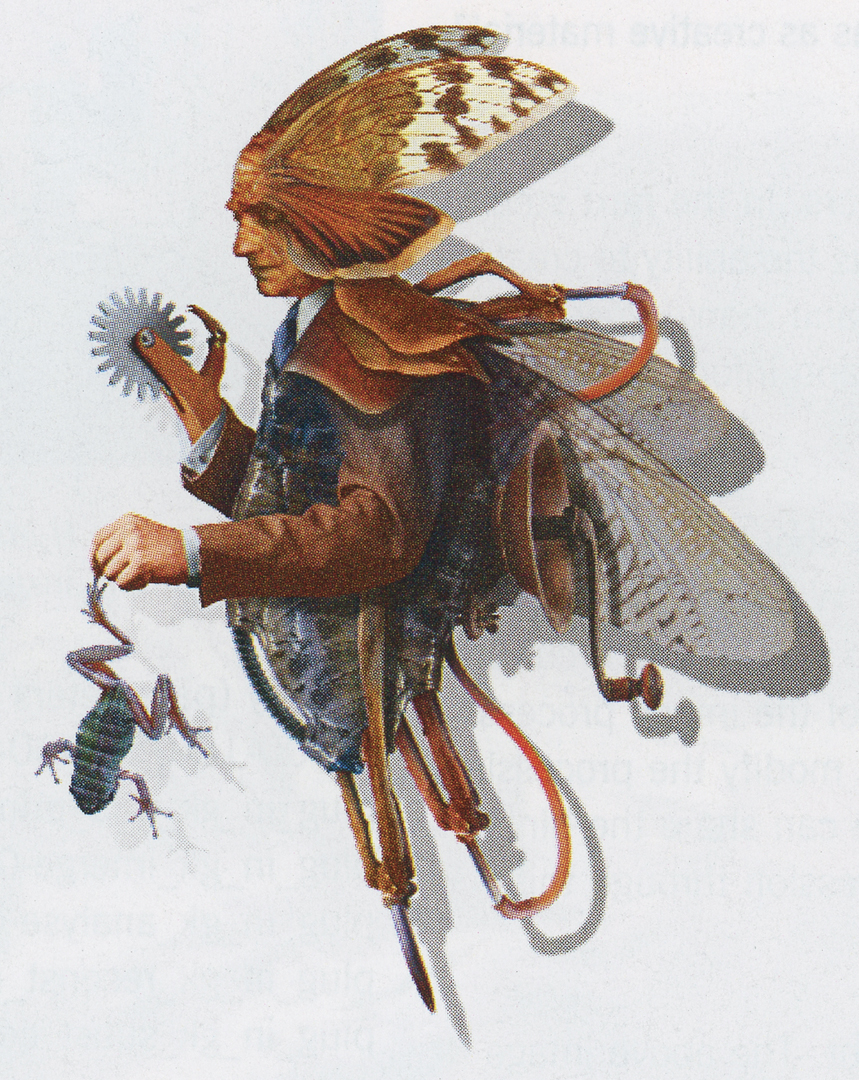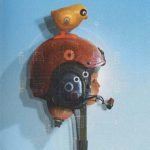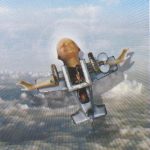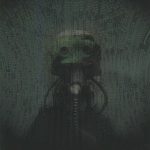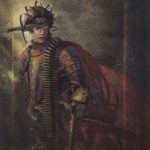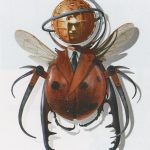Viktor Koen: Transmigrations: Cases of Corporate Reincarnation
Notice: Pod Template PHP code has been deprecated, please use WP Templates instead of embedding PHP. has been deprecated since Pods version 2.3 with no alternative available. in /data/siggraph/websites/history/wp-content/plugins/pods/includes/general.php on line 518
Artist(s):
Title:
- Transmigrations: Cases of Corporate Reincarnation
Exhibition:
- SIGGRAPH 2002: Art Gallery
-
More artworks from SIGGRAPH 2002:
Notice: Array to string conversion in /data/siggraph/websites/history/wp-content/plugins/siggraph-archive-plugin/src/next_previous/source.php on line 345

Notice: Array to string conversion in /data/siggraph/websites/history/wp-content/plugins/siggraph-archive-plugin/src/next_previous/source.php on line 345

Creation Year:
- 2002
Medium:
- digital prints on canvas
Size:
- 44 x 60 inches
Category:
Artist Statement:
The overall concept of Transmigrations: Cases of Corporate Reincarnation combines theories and research on social insects, traditional and contemporary corporate structures, job descriptions, and reincarnation scriptures. A variety of conceptual layers enhances the basic idea with depth and an intricate point of view. While the layers require study of a substantial amount of bibliography, they provide the project with a spine, by acting as a solid point of departure. Transmigrations showcases 24 portraits of senior executives who return to life as insects. The characters personify symbols and weapons of their trades on a number of levels, some instantly visible and others hidden.
The term “transmigration” refers to successive embodiments, mainly in the sense of rebirth in lower life forms. This theory was first asserted by Pythagoras, the most important early Hellenic thinker and the father of controversial teachings on reincarnation of souls. He taught that those whose lives had been filled with evil deeds and destructive emotions, were unworthy to reincarnate immediately in human form. Such souls, therefore, obsessed the bodies of animals and attempted to function through these inferior vehicles until eventual re-elevation to a human host. Insect societies, strife, and competition prevail. The colony features a system of castes and labor roles featuring aggression among competitive social insects. Individuals who achieved dominance over the rest are given preference in access to food and breeding cells. The chosen ones (even within the same colony) recognize each other as rivals and display open hostility to each other. Organizational details evolve through an evolutionary optimization process, a precise replica of the methods used in the marketplace to develop successful business models. Similarly, dynamic and competitive markets dictate aggressive corporate behavior patterns and environments in which the option of moral, human, or fair conduct is almost an impossibility. The race toward market domination has underscored the need for structures that define clear, uncrossed lines of authority and communication. Thus arose a breed of business executives who have to practice cold, analytical, often impersonal tactics in order to generate maximum return on investment for their enterprises.
Transmigrations describes a caste of bureaucrats with punished souls, consigned to the lowest life form, where upward mobility is nearly impossible. These concoctions of flesh and metal do not appear to be individuals who made mistakes and wish to repent. They were willing adapters of a predatory modus operandi, and now, in their subhuman condition, their instincts apply. Here their essence is physical and exposed, just like the names, which to some degree, mirror the signature trait of the insect with which they were fused. Comfortable in their new suits, they size up their enemies. They have no friends. They never did.
Technical Information:
The digital, on-screen process of creating the images follows numerous pencil studies that determine concepts and compositions. Most of the raw photographic components originate from vintage prints, digital photography, and stock photos. The digital files are enlarged by 400 percent and printed digitally on 44 x 60 inch canvases by a six-color laser plotter printer. Adobe Photoshop 5.5 is used to connect and manipulate old and new sources into seamless visuals. Only the basic set of software filters and effects is utilized on the multilayered files, which are completed in grayscale before they are colored. As a traditionally trained artist, I always preferred acrylic pigments to oil because my technique required endless layering in order to get texturally and tonally dense surfaces. I painted on both sides of acetate sheets, and the result resembled experimental animation cells. I found the computer has given me the transparent-layered results that I liked and the ability to incorporate photographic materials that I believe are essential to my work, in order to create surreal, yet momentarily believable images.
Process Information:
Research is the preliminary stage that is crucial to the structure and cohesiveness of the series. Once research is completed, my method is simple and painful:
1. I translate studies from my sketchbook into digital collages. I chose 24 images to be finished out of set of about 35 sketches done in a relatively short period of time. Speed is important in order to retain continuity within the series (image 2).
2. I match a face to each “character” (family or corporate vintage photography provides the base from which the style and expression originate), and most of the times this is the starting point of every image (image 3).
3. The combination of body, insect, machine, tool, flesh, and bone parts composes the body and evolves to finished seamless black-and-white images. Choices are made according to the “job description” or (better) “psychological profile” discovered in the preliminary research stage. Once most of the characters are assembled, parts are swapped and even named in order to strengthen the individual concepts, so at some point the creative process is almost independent from the prior research decisions (image 4).
4. Then I add color by combining unrelated photos or parts of my own older paintings that have color or textures I like. A1so, a great deal of tinting and shading is combined with various layer effects in order to get the end result. I print multiple stages of the work in progress and mark up the changes on the printout. The computer files are composed from over 20 sources and 30-40 layers that require meticulous naming and organization. Each image requires a good, solid 40-50 hours of work between initial composition and final output (not including research, photography, or sketches). The final prints were printed digitally on 44 x 60 inch canvases. Producing them with a high-resolution six-color laser method accurately translates their vibrant on-screen color quality (image 5).
All Works by the Artist(s) in This Archive:
- Viktor Koen
-

Dark Peculiar Toy No. 04
[SIGGRAPH 2006] -

Dark Peculiar Toy No. 03
[SIGGRAPH 2006] -

Dark Peculiar Toy No. 21
[SIGGRAPH 2006] -

Dark Peculiar Toy No. 19
[SIGGRAPH 2006] -

Witness No.02 and No.04
[SIGGRAPH 2007] -

Vanitas No.23
[SIGGRAPH 2004] -

Damsels in Armor
[SIGGRAPH 2003] -

Transmigrations: Cases of Corporate Rein...
[SIGGRAPH 2002]


